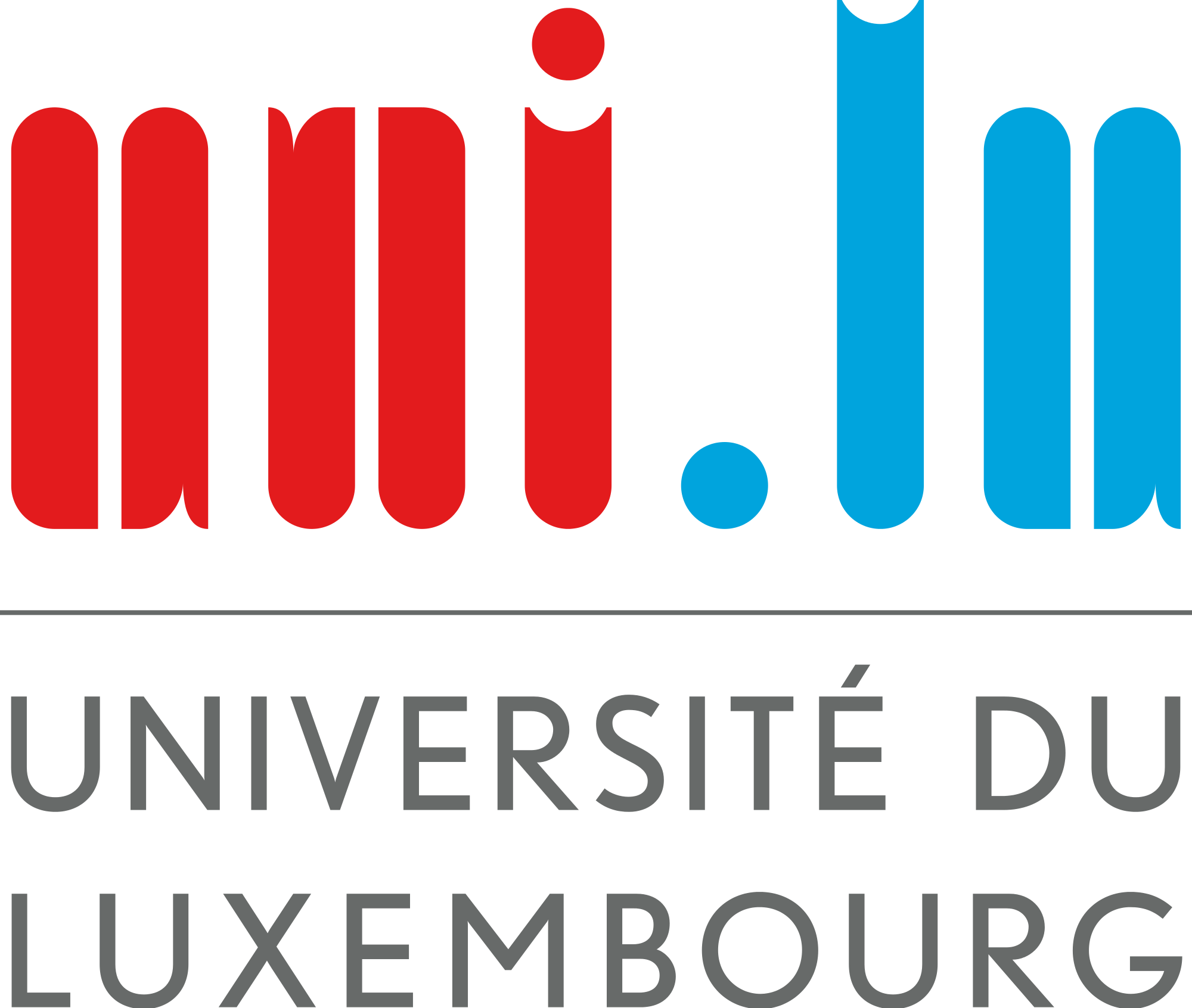This course is offered for both master students in computer science (MICS) and PhD students of FSTC/CSC within the Doctoral Schools of Computer Science and Computer Engineering (DS-CSCE).
This course provides insights into the field of security and privacy in computer networks. The objective is an elaborated and active understanding of distributed vs. centralized communication security and privacy paradigms and their application to cooperative environments. The course creates links between the fundamental concepts and applied scenarios with references to ongoing research activities within the SECAN-Lab research group.
Concrete topics and application scenarios can vary depending on the particular focus of the methods discussed. Typically, the topics include network and system security, anonymity, privacy enhancing techniques, digital forensics, computer networking, distributed systems, vehicular communication, mobile security, web security, applied cryptography, financial technologies and others.
Content:
In the first part of the seminar, master students will get assigned a topic that is based on recent publications in one of the top conferences in the field (e.g., IEEE S&P, ACM CCS, NDSS, USENIX Security, PETS) and have to prepare a paper on the state of the art on their topic. In this time, PhD students will be asked to prepare two presentations. One is on their ongoing research, another is on a hot research topic that is not directly related to their topic. In the second phase, students are asked to write a conference style review for a few papers of the others. These reviews will be presented and publicly discussed. Next, based on the reviews, students will have the possibility to improve their paper and have to prepare a presentation on their topic. Before publicly presenting it to the class, they have to make a test presentation by their supervisor. Finally, there will be a small practical task/exercise that involves implementation. The presentation/demonstration of its outcome will conclude this course.
Important Information:
The duration of presentations is 40 minutes.
For paper, please use the following template: https://www.acm.org/publications/proceedings-template
Paper length: 3 ACM double column pages.
Questions to be addressed by the review:
- State the problem that the paper tries to address and solve.
- Briefly summarize the main contributions.
- What are the strengths of the papers?
- What are the weaknesses of the paper?
- Is the paper well written? Easily understandable? What is the quality of the language? Is the paper well organized?
- Is the paper complete? Does it contain all necessary parts (Abstract, introduction, main part, presentation of results / discussion, conclusion)? Do these parts serve their purpose?
- Do the citations, references, and the references list comply with the usual standards?
- Is the paper correct? Are there any questionable or unjustified statements?
- Describe the quality of the figures (Resolution, style, font size, etc).
- Discuss what you would have done differently if you had written the paper.
- Try to suggest one or more interesting open problems on related topics.
- Give an overall grade to the paper and motivate it.
Hints for presentation for PhD students:
- Please do not try to present the whole thesis, but rather focus on one or two concrete problems. If possible, this should be something you haven't (completely) solved yet. There is no much sense in discussing things that were done several years ago, are already published and cannot be changed.
- Give a clear and concrete problem definition you are interested in (please consider the diversity in our group when summarizing and motivating the problem).
- Briefly motivate why the problem is important in general for the community AND why it is an interesting scientific problem.
- Point out the challenges that have to be addressed in order to solve the problem.
- Summarize what has been done so far, AND why state of the art does not solve all of the challenges (this can also include your own work).
- Focus on your ideas how to tackle the challenges (please focus on that part, since this will describe the research gap of your current work).
- Provide a convincing evaluation or the idea how you plan to do such evaluation that highlights distinctive characteristics of your approach and shows how it helps to solve the stated problem.
- Try motivate your vision for your research in the next 12 AND 24 months, and try to embed your current research into that vision.
Further Information:
| Module: | 3.13 (MICS), CSCE-11 (DS-CSCE) |
| ECTS Credits: | 4 for MICS, 1 for DS-CSCE |
| Organization: | Weekly seminar with homeworks |
| Language: | English |
| Lecturer: | Prof. Dr. Thomas Engel |
| Rating: | Paper writing, review preparation, presentation, practical lab, and active participation in the class |
